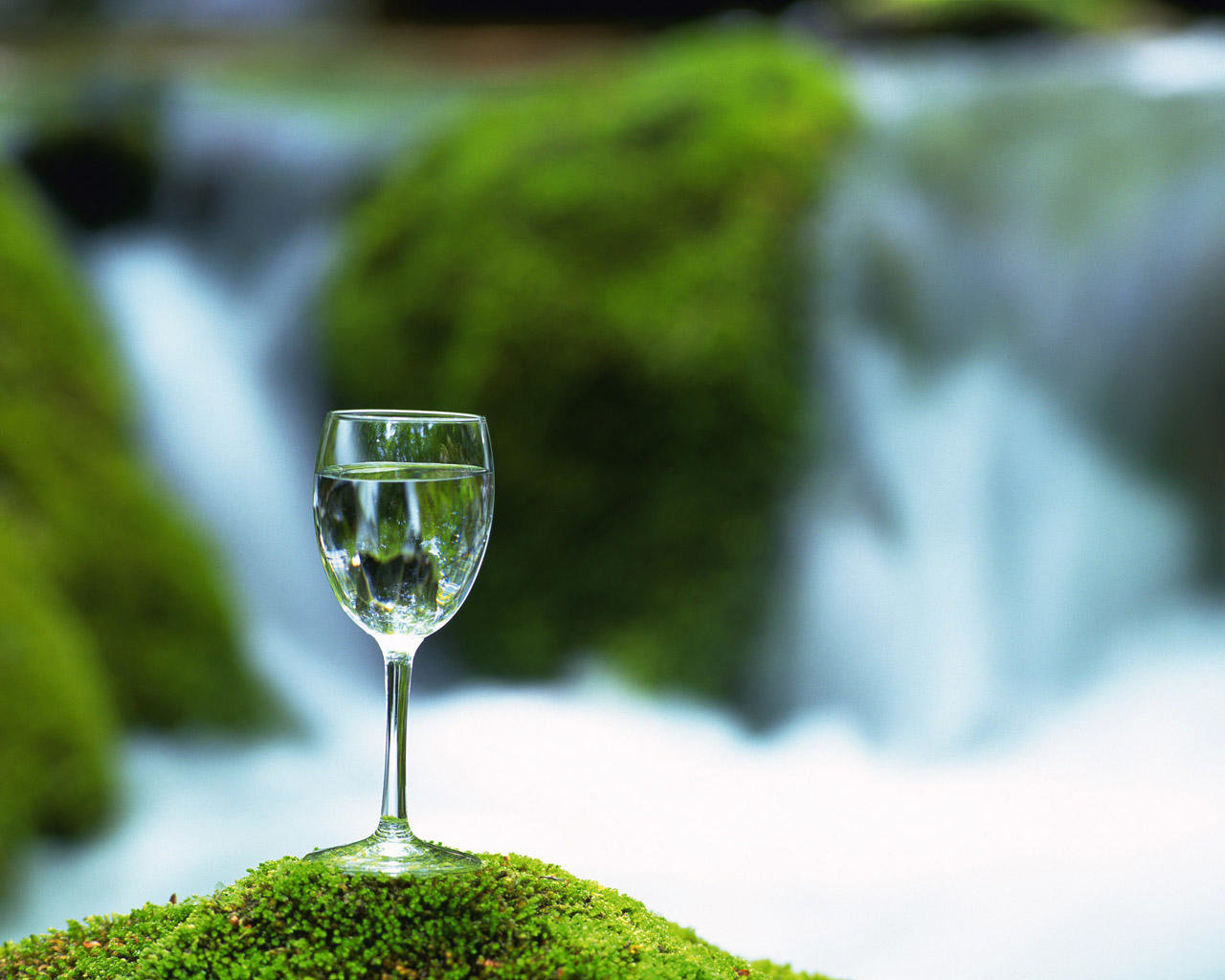The advertisement will focus on water and its necessity, as well as the want for water. It is needed by the human body to carryout life processes but it is also psychologically refreshing and pleasurable. After any physical activity or long presence in the sun, water is used to hydrate the organism. Any additions to water in a form of lime, cucumber and a number of any other flavors can enrich the taste or even add vitamins and minerals. Water is often used for diets and has a number of other health benefits (Chang, 2012).
In the advertisement, a glass or a bottle will be pictured with a waterfall. The first perspective represents a hedonic need. It can serve two purposes, as in being needed because of its necessity and for the pleasures associated when quenching thirst. When seeing a glass or a bottle of water, the consumer will associate the advertisement with the need for water in a purely physical aspect. Hedonic approach makes the use of the senses and appeals to the person’s natural need for something.

In this case, everyone knows that life without water is impossible, so people understand that one way or another they will have to get water. Because in the cities there are rarely rivers or bodies of water or if they are present, drinking that water is rather unsafe due to pollution, people will purchase water. The advertisement plays a great role in how refreshing the water is imagined by the potential customer (Crowley, 1992).
This marketing strategy is potentially successful, as it relates to everyday life and pleasure of satisfying thirst. The waterfall in the background reinforces the psychological need for water and adds to the freshness of the advertisement and water itself. The glass of water in the front catches the viewer’s attention and the clarity and transparency create a sense of clean and fresh water. This sort of representation is very universal over cultures and nations, as all people in the world require water and are familiar with waterfalls.
The target audience is all people, especially children, as the background and scenery is very natural and appealing to the eye. Even if people will not notice the glass at first, they will be drawn by the large natural scene and the view of the waterfall. After seeing the glass, the association will be almost immediate, as psychologically people are inclined to link things together (Stading, 2007).
For a business or a corporation that gets involved with this sort of advertisement, there are many possibilities in what to present the audience with. The brand’s name could be written on the bottom, so that it is unnoticeable at first, and the potential customer will be forced to look at the advertisement for some time, before figuring out what it advertises. Or it could have a big bottle in the front with the company’s name, so that right away people know the product.
The most important point is that people feel the need for the product and realize that without it they will be worse off. The marketing technique and presentation are extremely important, as well as the placement and display of the advertisement. It is crucial that the advertisement is legible and easy to comprehend, so that people know what is being offered and if they need it or not (Kraus, 2007).
References
Chang, H. (2012). Is Water H2O?: Evidence, Realism and Pluralism. Cambridge, England: Springer.
Crowley, A. (1992). Measuring the Hedonic and Utilitarian Dimensions of Attitudes toward Product Categories Marketing Letters, 3(3), 239-249.
Kraus, S. (2007). Marketing in Small and Medium Sized Enterprises Review of Business Research, 7(3), 1-3.
Stading, G. (2007). Delineating the “Ease of Doing Business” Construct within the Supplier-Customer Interface Journal of Supply Chain Management, 43(2), 1.